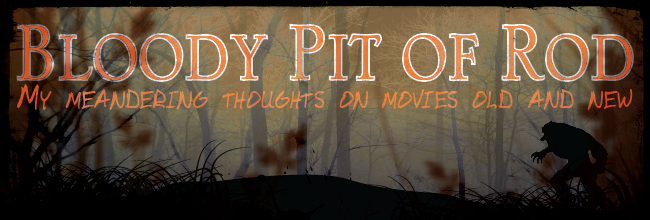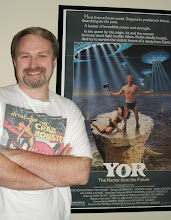I recently read ‘Death of the Planet of the Apes’ by Andrew
E. C. Gaska and thoroughly enjoyed it. The idea was to envision the details between
PLANET OF THE APES (1968) and its first sequel BENEATH THE PLANET OF THE APES
(1970). BENEATH has always been my favorite of the original film’s follow ups
and so I really am the target audience for this novel. It exceeded my expectations
and even my hopes.
The book intelligently expands the onscreen story in ways that
mostly feel perfect giving us a much better sense of how much time passes between
the events of each film. It addresses a number of the odder differences that
even casual viewers might notice and folds them naturally into the connective
narrative. So now we see how Cornelius and Zira became man and wife after the
events of the ’68 film and learn a lot more about the political situation in
Ape City that plays out as a fight between science and religion. This deepens our
understanding of the divisions portrayed in the sequel and gives expanded reasoning
for Zaius to accompany the Ape Army into the Forbidden Zone. Anticipating the way
the third film begins, the story smartly sets up the scientist Milo and explains
how he was able to miraculously salvage and fly the crashed ship from the first
film. The author’s ideas here are ingenious and show an attention to geeky
detail that makes me grin with fanboy pride.
Much time is spent detailing Taylor’s journey once he is separated from Nova and this is where Gaska shows his skill and deep knowledge of the larger POTA world. He includes elements that were introduced to the POTA universe in the classic Marvel comics published in the 1970’s cleverly adding them to the film’s story. This seamless blending together of the films and the larger world built over years around this franchise is unexpectedly satisfying and highly entertaining. It might seem crazy to suddenly have living brains in jars and grotesque human-ape hybrids running around the underground spaces occupied by the Mutants introduced in the second film but it all comes together so well that it feels organic. Each piece plays its part to get us to the all too well-known final moments of BENEATH.
All this playing about in the original works scratches the
itch of people like me who love to see the continuity holes and odd narrative choices
justified in ways that make some kind of sense. I know that a lot of people
find the fascination with this kind of thing silly or a childish holdover from
reading too many comic books in youth but I’m a proud fan of this kind of
storytelling. Efforts like this book are an inventive exploration of a fictional
world that continues to inspire this kind of engagement because the stories are
compelling on multiple levels. Like the best of these kinds of ancillary works
it draws out more of what makes the story capable of supporting the weight of
both big and small ideas. I recommend this novel to fans of the original movies
and to those curious about how to do this type of franchise expanding writing
well.











1 comment:
Interesting! I'm going to have to check this out, if for no other reason than to see how the author handles the massive "technology gap"... In a relatively short period of time, apes who were utterly amazed by the aerodynamics of a paper airplane somehow salvage a wrecked spaceship from the bottom of a lake, repair the hull, engines, and all the computers & electronics, and launch it into orbit... even though they don't have any concept of the internal combustion engine and electricity. That's a really tall order!!!
Post a Comment